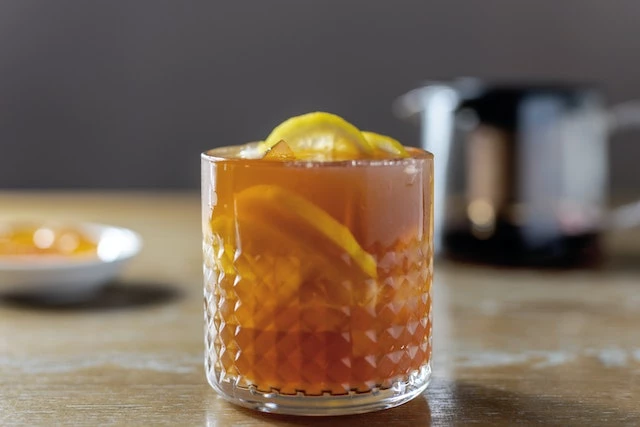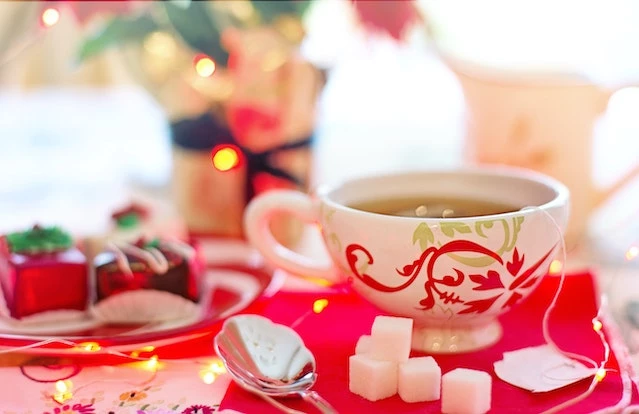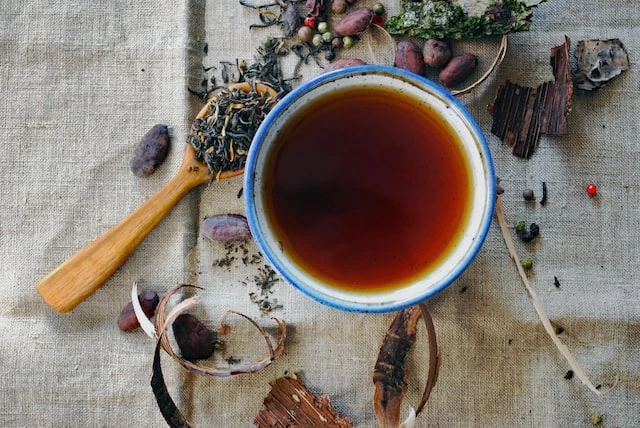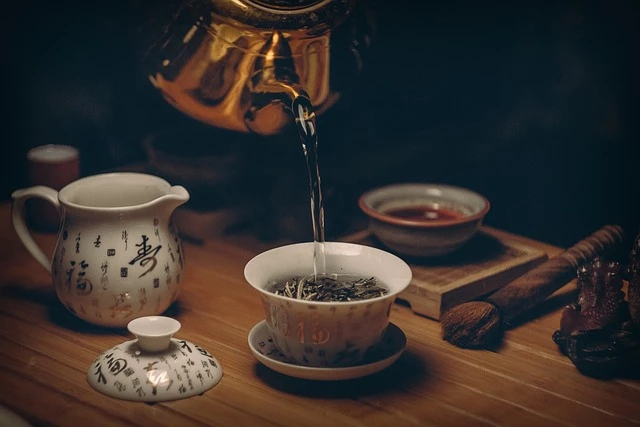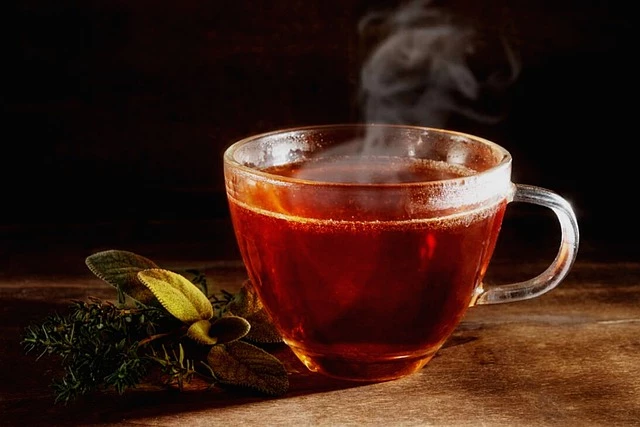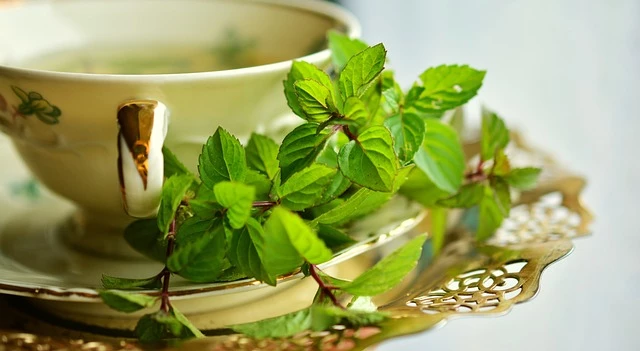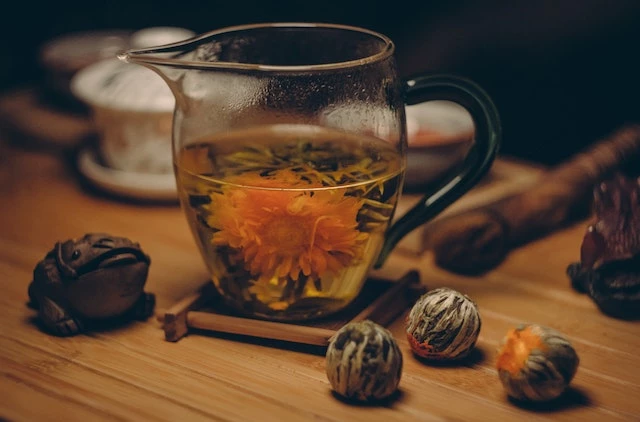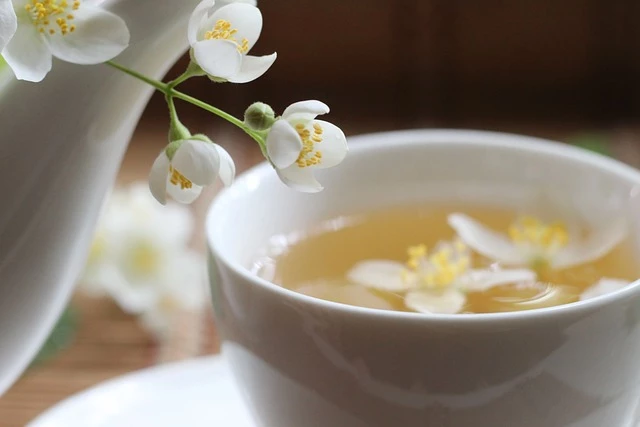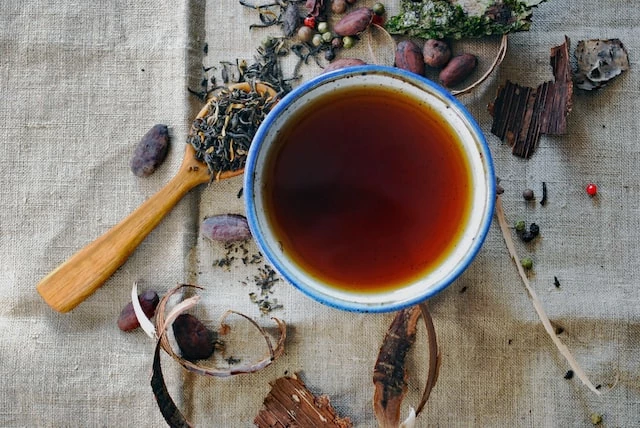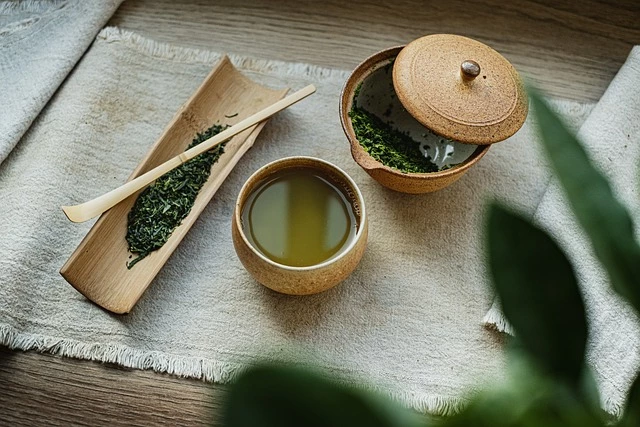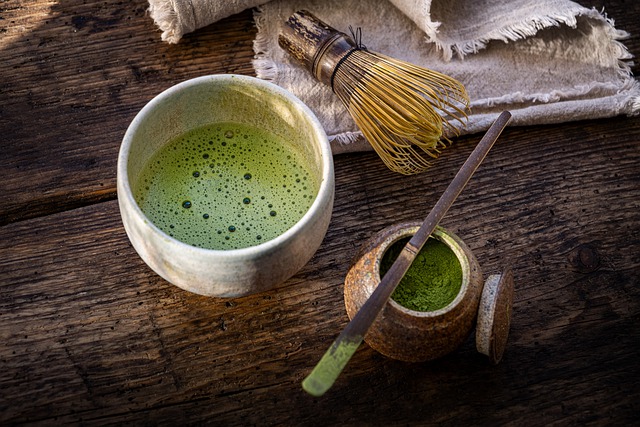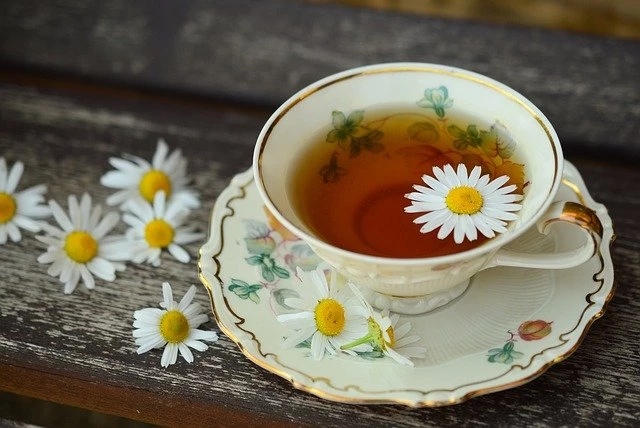The perfect water temperature for brewing tea
Jan 29 2018 How To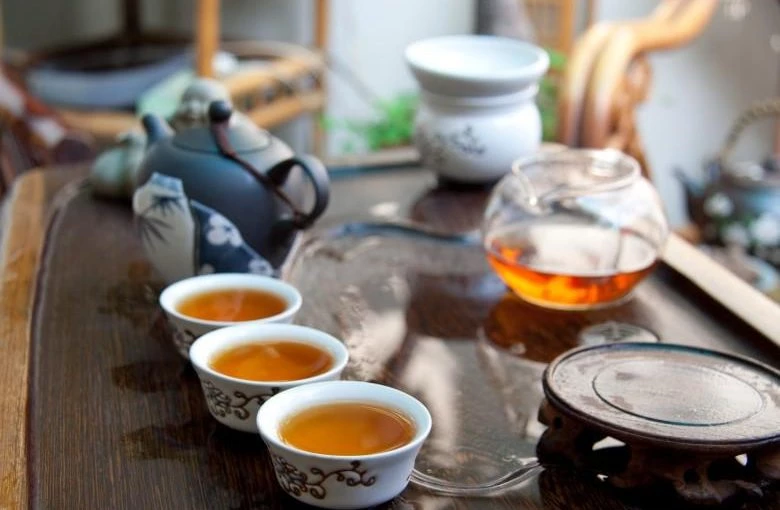
Perfect Water Temperature for Brewing Tea
Tea lovers are very fussy about their brew and often have distinct opinions about how to brew it and the perfect water temperature for brewing. Paying attention to the water temperature does allow you to get the most flavor from your tea. When tea leaves are brewed, aroma, tannins, amino acids and other components are released.
Using the optimal temperature for each type of tea will maximize the flavor. Depending on the type of tea being used, you will use a different amount of leaves, a different water temperature and steep the tea for a different length of time too. All of these factors affect the end result.
Too hot or too cold
When water is first boiled and then allowed to cool, oxygen is removed from the water and the flavor is decreased. It is considered by many people to be better to bring the water up to the required temperature rather than allowing it to go too high and then bringing it down.
When water temperature is too hot, the tannins are dissolved and other desirable compounds are destroyed. It will also taste bitter and astringent. When water temperature is too cold, the compounds are not released and the tea lacks balance and taste.
You may need to experiment a little to find what temperature suits you best because the perfect water temperature is often a matter of personal preference.
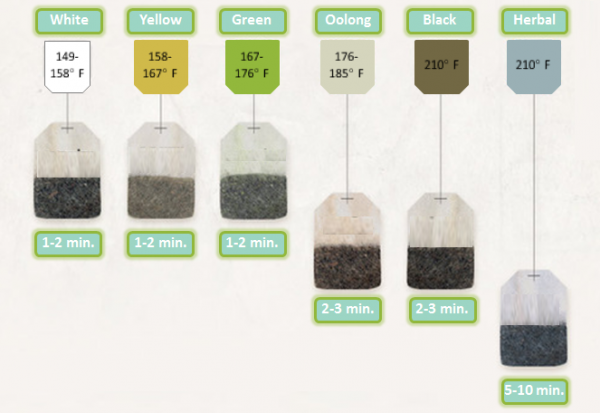
General guidelines
Manufacturers will usually provide temperature guidelines for you to follow but if these are not available the following general guidelines can be used:
Pu’er teas: 200° to 212°F (93°to 100°C)
Black teas: 190° to 200° Fahrenheit (88° to 93°Celsuis)
Oolong teas: 180° to 200°F (82°to 93°C)
Yellow teas: 175°F (79°C)
White teas: 160° to 185°F (71° to 85°C)
Green teas: 140° to 190° F (60° to 88° C)

How do you measure water temperature?
You can use a digital thermometer that is specially made to measure the water temperature. Another option is to buy a teakettle with a built-in thermometer. This is very convenient but costlier than using a thermometer. Sometimes the costlier versions will even have settings to use for the different types of teas.
Many of the modern electric kettles we use today stop when the water boils. If you are using a kettle like this, stop it just before the water boils as it should not boil for best tea brewing.
Of course, the cheapest method to use is to become practiced at judging water temperature by using your eyes and ears. When using your senses to judge temperature, you need to pay close attention to the bubbles and the amount of steam rising. If tiny bubbles start rising to the surface, the water may begin making a low humming sound and a little steam starts to rise.
When you see a continuous stream of large bubbles rising to the surface and the steam rises with more volume, it is ready for brewing. The very beginning of this stage is best for green and white teas while the end of this phase is better for oolongs, black and pu’er teas.
What temperature do I not want for tea?
When the water starts bubbling furiously and great volumes of steam are rising, the water is no longer suitable for making tea. Using boiling water can make the tea bitter. You may not notice this if you are using cheap industrial tea where the subtle leaf flavors are not noticed but it will be evident with a better tea.
Varying temperatures for different types
No one temperature works for all types of tea. You will want to use different temperatures for different types of tea, according to guidelines mentioned above.
It’s better to err on the low side when determining temperatures for green or white teas. If the temperature is too high, the tea may taste bitter or too grassy. Most green teas are better when they are brewed well below boiling point. This is at the point when small bubbles are rising. Steamed Japanese green teas usually require even lower temperatures.
The reason green teas need cooler temperatures is that the method of processing is different than that used for black tea. Water hotter than 170 degrees Fahrenheit overwhelms the delicacy of the green tea.
For brewing oolong tea, the bubbles should probably be about 5mm in size with a moderate amount of steam being produced. Black tea, which has been fully oxidized, needs hotter water to bring out its characteristics. Some people believe that Pu’er tea should be brewed at boiling temperature. Others prefer brewing it at 205 degrees F when there is a mix of smaller and larger bubbles.
For those who enjoy herbal infusions, brewing instructions often vary widely. Fennel seed, for instance, needs to be boiled to release its flavor while catnip should not be steeped in fully boiled water. Generally speaking, herbal teas work well when water is at full boil.
Making the most delicious cup of tea comes from finding the correct balance – the right amount of tea leaves, the correct water temperature, the right time of infusion and even the type of vessel used for brewing the tea. When this balance is achieved, even the most ordinary tea can be satisfying. Without paying attention to these factors, even the rarest, expensive tea may be bitter and undrinkable.
We hope you enjoyed this article on the perfect water temperature for brewing tea. We think you’ll also like learning about Moroccan Mint Pot Tea.
